Early in 2016 the Department of Defense informed Congress that it needed to close a series of military bases around the country as part of the latest round of the Base Realignment and Closure process. As expected, reaction from members of Congress, mayors, and governors was swift. In Pennsylvania, for example, the legislature created a permanent commission, headed by the lieutenant governor, to insure that military bases in the state stay open.
Local pushback to base closures makes sense; military funding is a considerable source of direct and indirect jobs for local communities. But bases are not the only federal investment that supports regional economies. For example, the federal government allocates over $140 billion a year in research and development, the vast majority of which is invested outside of Washington in national laboratories and universities. In fact, over 50 percent of the research performed by the nation’s colleges and universities is paid for by the federal government.
University R&D budgets represent a non-trivial share of economic activity in college towns like Ithaca, N.Y. and State College, Pa. (both over 10 percent of the entire economy) and in large cities as well. In the top 100 metropolitan areas—cities like Madison, Wis., Pittsburgh, and Baltimore—university research constitutes over 1 percent of gross domestic product. That may not seem like a lot, but the average top 100 metropolitan area receives $500 million in university R&D.
Top 10 metro areas by total university R&D dollars
| Metro | University R&D ($000s) | University R&D as a share of GDP |
|---|---|---|
| New York | $ 3,875,997 | 0.28% |
| Boston-Cambridge | $ 2,969,518 | 0.85% |
| Baltimore | $ 2,276,710 | 1.43% |
| Houston | $ 1,924,928 | 0.42% |
| San Francisco | $ 1,878,641 | 0.53% |
| Chicago | $ 1,644,610 | 0.30% |
| San Diego | $ 1,581,057 | 0.85% |
| Washington | $ 1,545,983 | 0.35% |
| Atlanta | $ 1,513,322 | 0.53% |
| Philadelphia | $ 1,479,402 | 0.41% |
Source: National Science Foundation and author’s calculations.
Top 10 metro areas by university R&D dollars as percent of GDP
| Metro | University R&D ($000s) | University R&D as a share of GDP |
|---|---|---|
| Madison, Wis. | $ 1,123,501 | 2.80% |
| New Haven, Conn. | $ 793,218 | 1.91% |
| Tucson, Ariz. | $ 629,466 | 1.89% |
| Albany, N.Y. | $ 626,729 | 1.44% |
| Baltimore | $ 2,276,710 | 1.43% |
| Pittsburgh | $ 1,161,880 | 0.95% |
| Springfield, Mass. | $ 204,366 | 0.89% |
| Rochester, N.Y. | $ 430,728 | 0.88% |
| San Diego | $ 1,581,057 | 0.85% |
| Boston-Cambridge | $ 2,969,518 | 0.85% |
Source: National Science Foundation and author’s calculations.
Like military bases, these investments support hundreds of thousands of direct and indirect jobs across the country. A recent article in the Wall Street Journal suggests that research universities are a key driver of the economic resurgence of many cities due to the fact that university research translates into new products and companies and improves the competitiveness of local economies. Research from the London School of Economics shows that for each new university patent, 15 additional jobs are created outside the university. And research from the Massachusetts Institute of Technology shows that, over the long run, doubling the number of universities within a city is associated with a 4 percent increase in per capita income.
Cities, states, and their federal representatives should view national investments in R&D in the same light as they do military bases—as a critical component of regional economic growth. Moreover, there are many ways that local communities can accrue even larger economic benefits from universities, federal labs, academic medical centers, and other recipients of federal R&D funding than they do from military bases.
In a recent publication by the Brookings Institution and the Information Technology and Innovation Foundation, we outline 50 strategies local and state governments and the federal government can pursue to increase the regional economic benefits of R&D, ranging from bolstering local entrepreneurs, leveraging private research investments, and improving regional technology clusters.
The Trump administration will have ample opportunity to improve outcomes of research, but even without the federal government, local leaders in the civic, public, and private sectors can work with their universities to ensure these institutions are not just academic silos but rather vanguards of regional economic development.
The Brookings Institution is committed to quality, independence, and impact.
We are supported by a diverse array of funders. In line with our values and policies, each Brookings publication represents the sole views of its author(s).
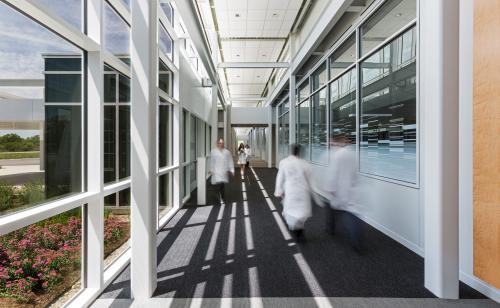
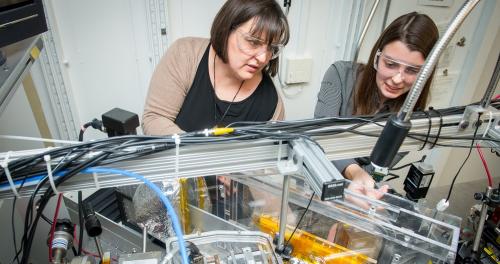
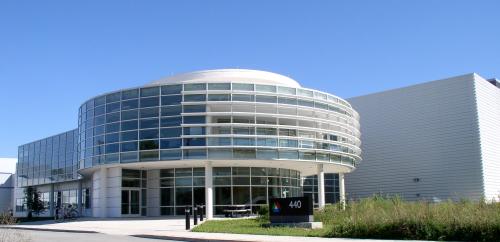


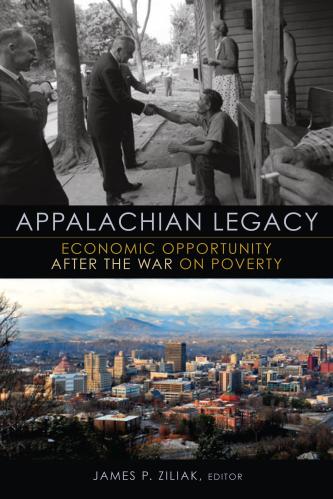


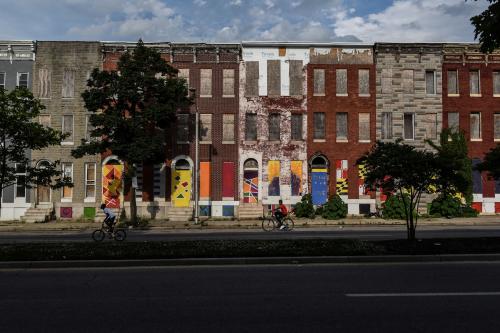

Commentary
140 billion reasons why cities should care about federal R&D in their backyards
January 12, 2017